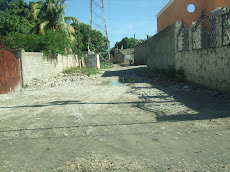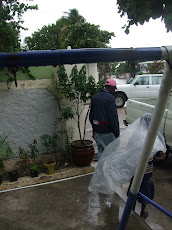The Portuguese first explored the coast of Benin in 1472 but did not begin trading there until 1553. During the 17th century the Dutch, English, French, and other Europeans also entered the trade. The principal export before the mid-19th century was always slaves. The volume of slave exports was at first small, but it increased rapidly in the second half of the 17th century, when this area became known to Europeans as the “Slave Coast,” and remained high until the 1840s. The principal centre for the trade was the coastal kingdom of Ouidah (Whydah), which was originally a tributary of Allada but had become an independent state by the 1680s. The slaves exported were predominantly war captives and were drawn from the entire area of modern Benin, including northern peoples such as the Bariba as well as communities near the coast. The Atlantic slave trade had a substantial and deleterious impact in Benin, causing the depopulation of certain areas as well as a general militarization of society. The prominence of slaves from this area in the transatlantic trade is reflected in the survival of elements of its culture in black communities of the New World, especially in the “voodoo” religion of Haiti, which incorporates many spirit cults and deities of the Ewe-speaking peoples.
http://www.britannica.com/EBchecked/topic/60879/Benin/55088/The-slave-trade
Thursday, August 20, 2009
Subscribe to:
Post Comments (Atom)






























No comments:
Post a Comment